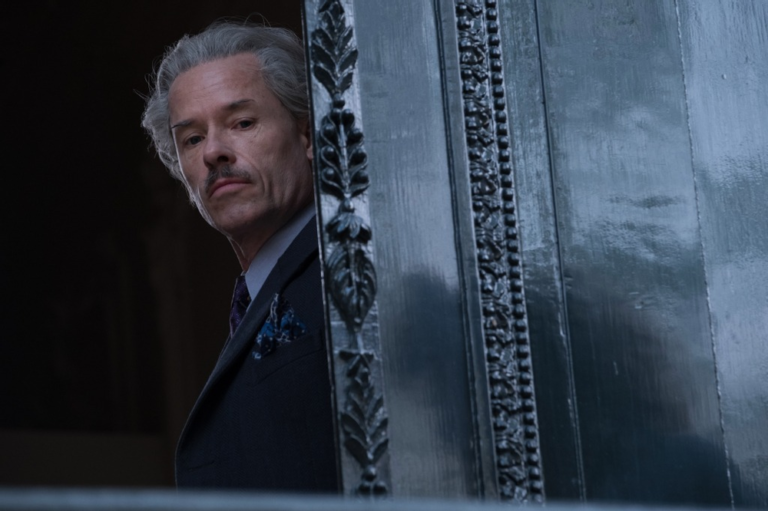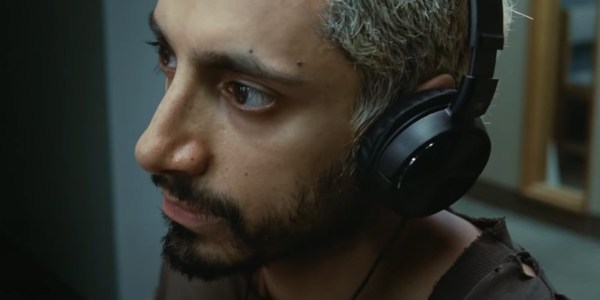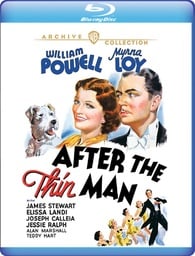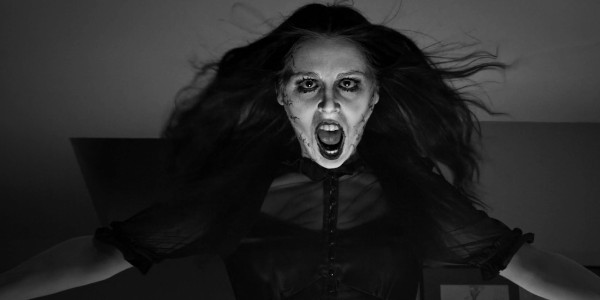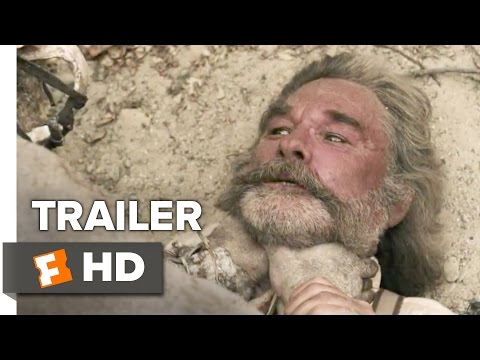The 10 Best Comics to Read Alongside the Snyder Cut of ‘Justice League’
This article is part of The Reading List, a monthly column in which we encourage you to take your enthusiasm for a particularly groovy movie and direct it into a wide array of extracurricular studies. This entry explores the Snyder Cut of Justice League and the many opportunities it presents for comics discovery.
Sweet release is finally upon us. In all its four-hour reconstructed glory, Zack Snyder‘s Justice League (a.k.a. “The Snyder Cut“) will drop like a discourse atom bomb on HBO Max this week. You’re either going to plunge into its deep waters or carefully curate your Twitter mute function. However you celebrate, know that it is an exceptional excuse to respect the comic books that spawned the madness.
The Justice League are the original Avengers. Hitting the newsstands in 1960, three years before Marvel’s mightiest and one year before the Fantastic Four, the DC Comics supergroup promised epic showdowns too grand for their members’ solo titles. They’re a ragtag squad of costumed gladiators sporting unique powers and backstories that invite challenges from within and without the group.
The theatrically released Justice League already suggested several dark corners to explore within the DC Comics universe, and The Snyder Cut plunges us even further. Zack Snyder digs his gods and monsters. The director’s heroes are only as good as their villains, and his dream was to bring cosmic hell down upon the heads of Batman and his buds. To that end, he’s finally unchained Darkseid.
As the Justice League came before the Avengers, so too did Darkseid before Thanos. The alien despot craves total supremacy over creation. Why? Cuz it’s there. When looking for the perfect comics to pair alongside The Snyder Cut, I searched for my favorite Darkseid comic first. And while I was enjoying my number one pick quite a bit, it reaffirmed to me that as rad as the villains can be, it’s the heroes that keep us coming back.
I curated this reading list with my love for the Justice League front and center. I’m sharing the stories that I think get to the heart of what makes these characters so damn compelling, and I didn’t want to pick the usual suspects either. I want discovery. You want discovery.
The first two comic books listed below showcase the Justice League’s team appeal and the madcap heights that their royal rumbles could climb. From there, I zeroed in on each JL member featured prominently in The Snyder Cut before closing the list out on a few hopes for where this franchise could go from here.
Cosmic Odyssey
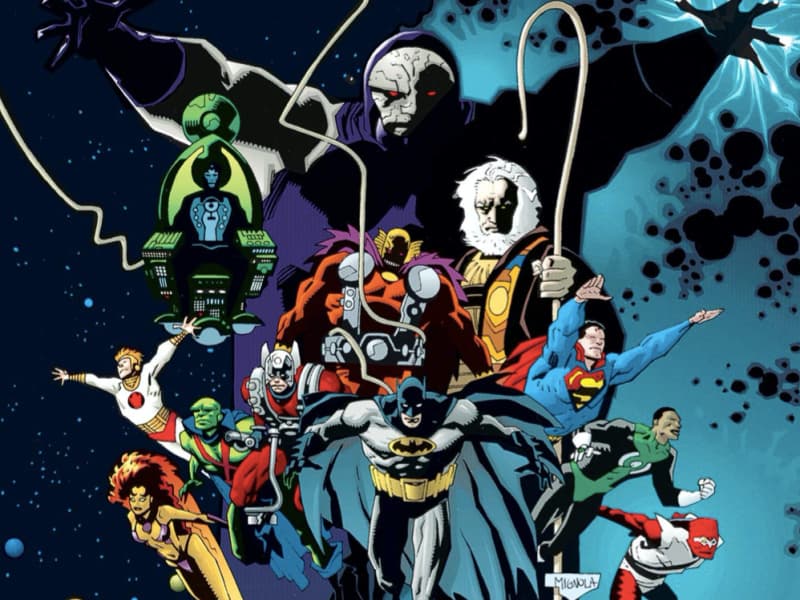
Darkseid, the tyrannical ruler of Apokolips, has sought the Anti-Life Equation for generations. When he finally cracks the formula, rather than gaining ultimate dominion over sentient life, he discovers its origins lay in a deadly entity from a dark dimension. With Apokolips facing extinction, Darkseid seeks aid from Earth’s heroes. All your favorites (and a bunch of capes you’ve probably never heard about) rush to the villain’s aid as the very concept of existence is threatened.
Cosmic Odyssey centers around the cliche threat of all-encompassing destruction requiring every hero and villain in attendance, but there is nothing ordinary in how this saga is told. Mike Mignola (creator of Hellboy) illustrates this star war in classical terms, conjuring everything branded as an Odyssey should. No one in the field sells epic like Mignola.
When the comic was initially published in 1988, Jack Kirby‘s Fourth World characters, including Darkseid, were seen as DC Comics’ lesser offerings. Writer Jim Starlin (who ripped off Darkseid for Marvel’s Thanos) desired to correct such wrong-headed thinking. Cosmic Odyssey was the first major step into positioning Darkseid and heroes like Mister Miracle, Big Barda, and Orion as legit characters deserving space amongst the firmly established Justice League titans. Without it, The Snyder Cut would look and behave quite differently.
JLA: New World Order
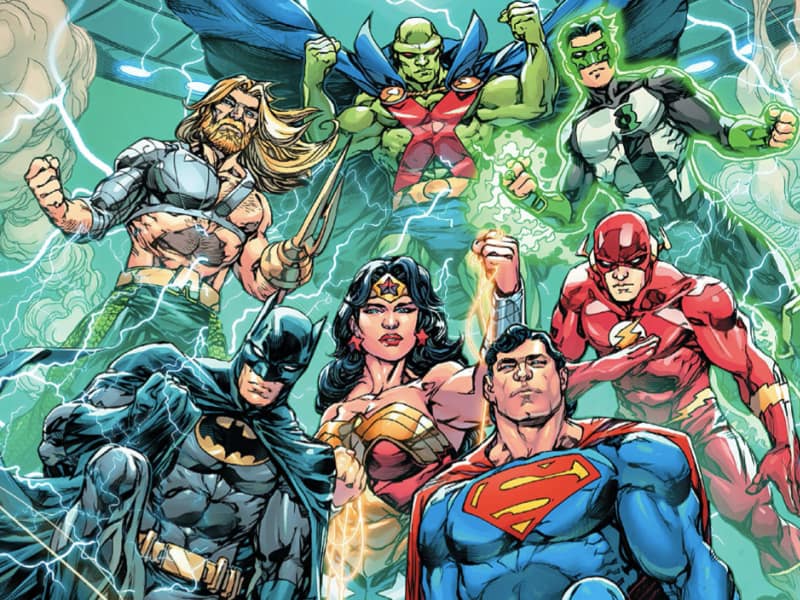
If you’re looking for something a little less grim and packing a lot more pop, Grant Morrison and Howard Porter‘s ’90s Justice League rebrand is your ticket. This is about as MCU as DC Comics can get. The dialogue playfully bounces between the characters, centering their internal conflict as much as the global catastrophes forever on the horizon. Fun is the purpose; fun is the result.
JLA reassembles the classic DC heroes under one title. Together again, we have Superman, Batman, Wonder Woman, Aquaman, The Flash, Green Lantern, and Martian Manhunter. Other heroes come and go throughout the series, but these are your core champions.
New World Order covers the first four issues of Grant Morrison’s forty-one-issue saga. Their time on the book would eventually incorporate righteous battles against Darkseid, the Injustice Gang, and the Star Conqueror, but in some ways, Morrison’s sturdiest clash in the series was the first.
DC sees your shape-shifting Skrulls of Marvel and raises you the White Martians. These warlike cousins of the Martian Manhunter infect Earth by masquerading as the JLA alternative known as the Hyperclan. Using mind control, the White Martians convince Earth that the League is a parasitic threat demanding expulsion. The JLA must smash their adversaries while also contending with a hateful and dismissive populace. No respect, no respect.
Batman: Blink

Walk into a comic book store and ask for the best Batman book. If the clerk hands you The Dark Knight Returns or Year One or The Killing Joke or Hush or The Long Halloween, turn around and walk out. Those books don’t need champions. They already appear on every Best Batman list on the internet. They’re all great in their own way, and they’re no doubt the first Batman books that most people read. Batman: Blink is the best Batman comic that no one ever talks about. We gotta change that.
Written by Dwayne McDuffie (the genius creator behind Static Shock as well as the best Justice League Unlimited cartoons) and illustrated by Val Semeiks and Dan Green, Batman: Blink sees the Dark Knight detective facing his most confounding villain yet. The Joker? Nope. The Scarecrow? Not even close. Batman must contend with a nameless serial killer. More troubling, the murderer has no discernable pattern, and their elusion threatens to break the Bat’s spirit.
Now, if you think that sounds a little too SVU for your spandex tastes, fear not. Respite arrives with Blink, a blind con artist who sees through others after physical contact. When Blink accidentally bumps into the killer, he becomes Batman’s only link to solving this horrendous Gotham killing spree.
Batman: Blink is a riveting cat and mouse chaser, featuring dynamic cartooning backed by a rich narrative essence. It’s a quick read and doesn’t alter the mythology in any significant way. The story simply depicts Batman at his best, fighting an unusual threat with an even stranger ally.
Superman: Son of Superman
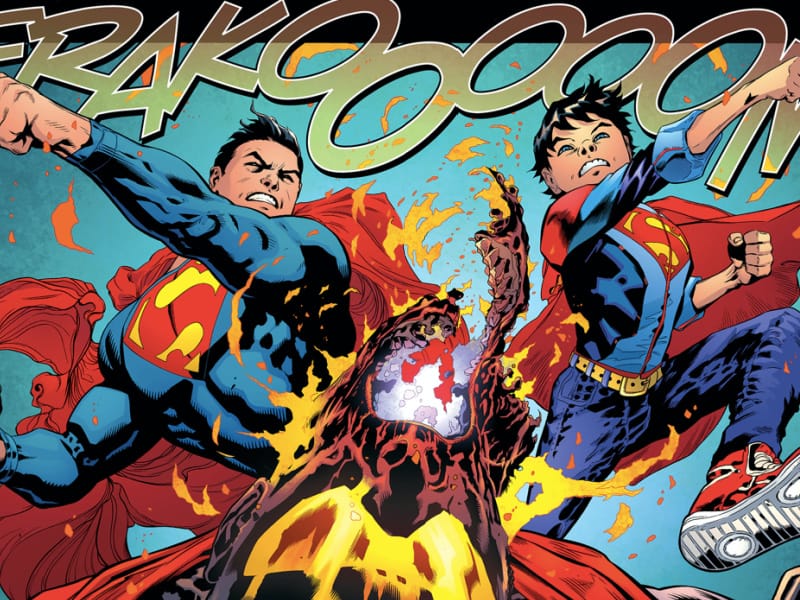
How do you explain the appeal of Superman? You make him a father. Son of Superman introduces a Lois and Clark who have been married for some time. Their relationship is passionate and solid. The anxiety in their life revolves around their tween son, Jon. His abilities are similar to his father’s, and in a few years, he’ll be lapping his dad in races around the sun. There’s tremendous potential for their child, both for good and bad. The last thing Lois and Clark want is to raise an incel or a supervillain.
Son of Superman delivers on the punching and kicking, and Patrick Gleason‘s art makes for the prettiest splash pages, but it’s the familial concern that fuels the book. Gleason’s writing partner, Peter J. Tomasi, drills into the emotions, exposing Superman’s vulnerability alongside his hope. If the character has always left you cold, Son of Superman is the comic you pick up to jumpstart your enthusiasm. If Supes still does nothing for you, then look elsewhere. Nothing will crack that heart of coal ya got smoldering in your chest.
Wonder Woman: Dead Earth

Wonder Woman wakes up in a stasis tube. She tears herself free and crawls her way out of the Batcave. She finds Batman’s skeleton on his couch, staring out a window that’s no longer there. Wayne Manor is a crumbling ruin, and beyond it is an endless wasteland.
Wonder Woman: Dead Earth flings the amnesiac Amazon into a distant future where bombs ravaged the world, and grotesque behemoths rose from their fire. The few remaining humans have not seen a “hero” in a very long time. The Justice League is no more. Despair stands where gladiators once did.
Writer/artist Daniel Warren Johnson brings every ounce of his heavy metal soul to this beast of a book. There will be times where you’ll want to crank your stereo to eleven and bang your head as Wonder Woman crashes upon beasts and tears their spines from their backs. It’s Spinal Tap catnip.
The comic is glorious madness, but it also confronts naive hope. Diana believes in humanity. Why? We’ve never given her any reason to, yet she fights our battles every day and night. But when we needed her most, she wasn’t there. Or maybe she was, and that’s way worse. Second chances are hard to offer.

